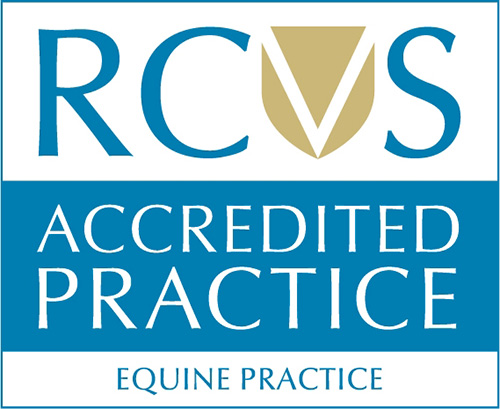Sheath Examination
What is the sheath and what does it look like normally?
The term sheath describes the pocket of skin around your horse's penis. Unless your horse is relaxed or urinating, its penis will usually be retracted, and you won't be able to see the sheath.
Over time, skin secretions and dead skin cells can build up in the sheath, this is known as smegma. Most horses sheaths will “self-clean” and they won’t need any help from you. Those that do require cleaning only need their sheath to be cleaned once or twice a year, cleaning more often may damage the natural skin barrier and cause more irritation.
Why do I need to examine my gelding’s sheath?
It's important to try to examine your horse’s sheath regularly. Try to look at it from a distance when your horse is relaxed or urinating. This will tell you if the sheath needs to be cleaned or if there are any abnormalities you might want to get your vet to check.
What do I need to clean a sheath?
A bucket of clean warm water, a soft sponge or roll of cotton wool, KY jelly, Disposable gloves, and friends!
How should I clean the sheath?
- Put on gloves! Horse smegma is carcinogenic (can increase the risk of cancer in the future) so avoid getting it directly on your skin.
- Tie your horse up or get a friend to hold onto the horse for you. Be careful the first time you do this with your horse as even well-behaved horses may kick. If you have more than 1 friend available to help you, ask one of them to lift your horse's front leg on the same side you are standing on. Initially try touching the area without lowering your head into the ‘firing line’ Don’t persist at trying to examine or clean the sheath if your horse is swishing his tail or trying to kick.
- Gently grasp the end of your horse’s penis, do not apply force to get the penis to come down as you may hurt your horse. If they don’t drop their penis you can clean up into the sheath without examining it. Using warm water and your sponge or cotton wool wipe up inside the sheath until you no longer get greasy or flaky debris back. KY jelly can be used to break down stubborn grease gently.
- Dry the skin using dry cotton wool or paper towel.
- Check for beans! Under the skin at the tip of the penis smegma can accumulate to make a firm deposit which may make your horse uncomfortable, you can release this using your fingers.
What if my horse won’t let me look at his sheath?
Some horses really want to keep their private parts private. If you find you can’t examine your horses' sheath, then mention this when booking your next routine vet visit. Your vet can sedate to clean the sheath after giving vaccinations or a routine dental check.
What problems should I look out for? And what should I do?
If you think your horse is uncomfortable or you think the area of the sheath looks swollen. Always organise for your vet to come out and examine the sheath sooner rather than later. In particular, watch out for the following issues:
Swelling: Swelling may occur alongside a bacterial or viral infection of your horse's sheath. However, it can also be linked to other conditions linked with protein loss and swelling around the whole of your horse's body. For this reason, it is a good idea to ask your vet to examine your horse if you notice swelling in this area.
Fly Strike: This is unlikely to happen unless your horse’s sheath is particularly smelly or there is an injury in that area which would attract flies. In warm summer months flies can lay eggs around your horses' sheath. When the larvae hatch out, they will move into the warm dark area of your horses' sheath and eat the skin. This is extremely irritating and can lead to further infection.
Rashes: Rashes in this area can be a sign of viral or bacterial infections.
Lumps and bumps: Several skin conditions can cause lumps in this area. Sarcoids and warts are unpleasant to see but may not cause your horse any discomfort. However, other lumps can be associated with aggressive tumours, so it is important to get them checked to work out what type of lump you’re seeing.
To view/download a copy of this information in PDF format, please click here.
-
Previous
-
Next

